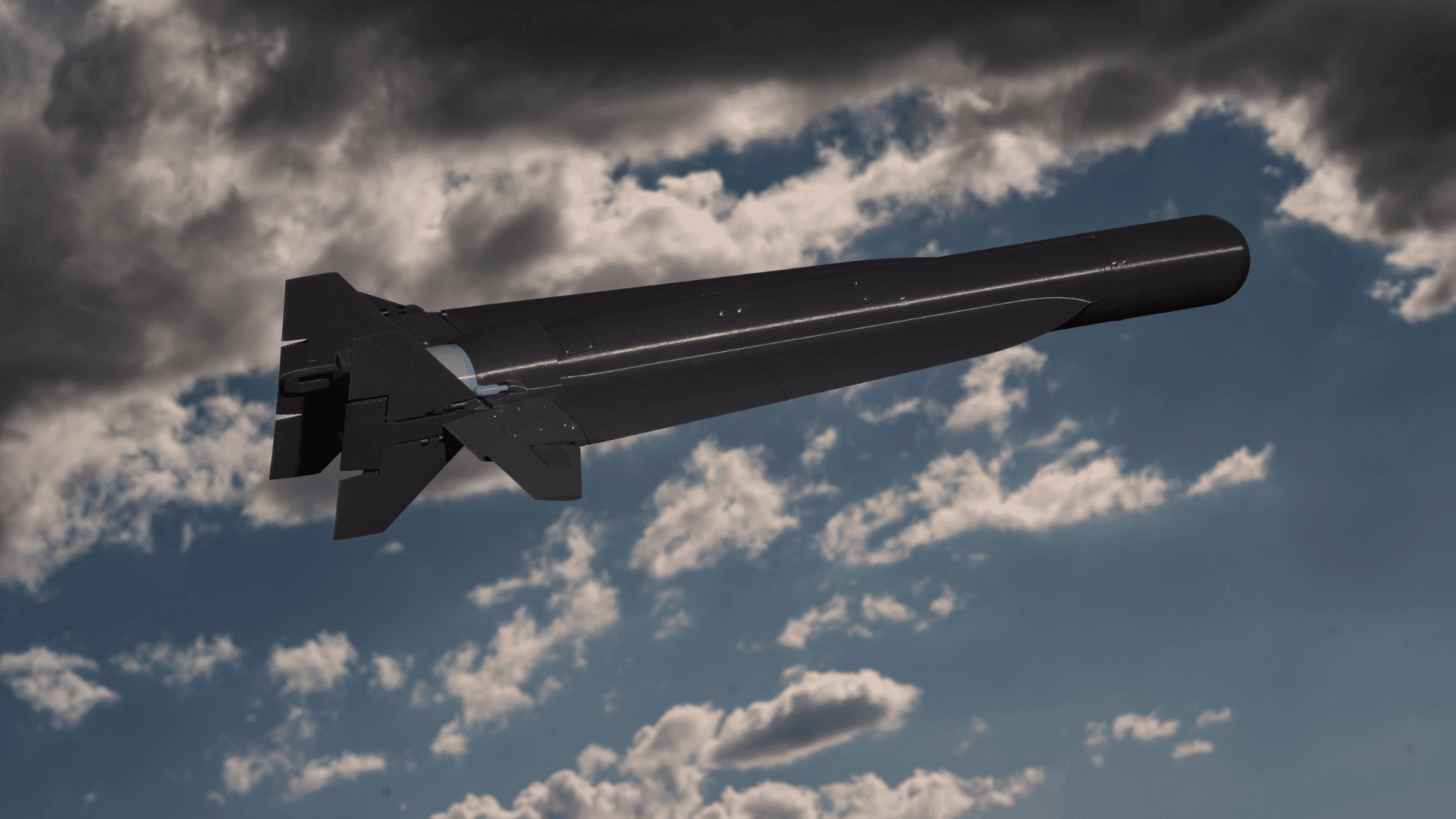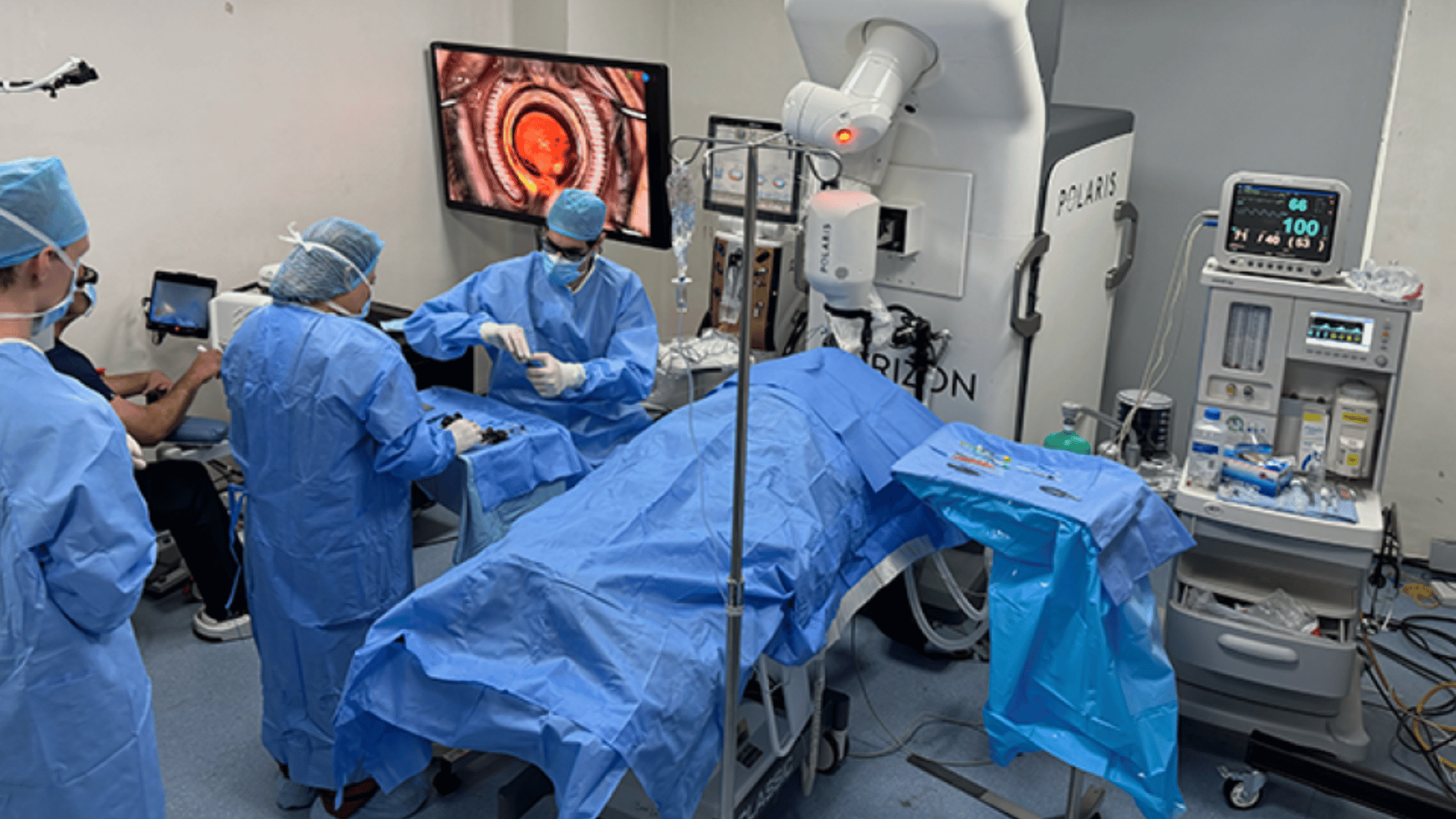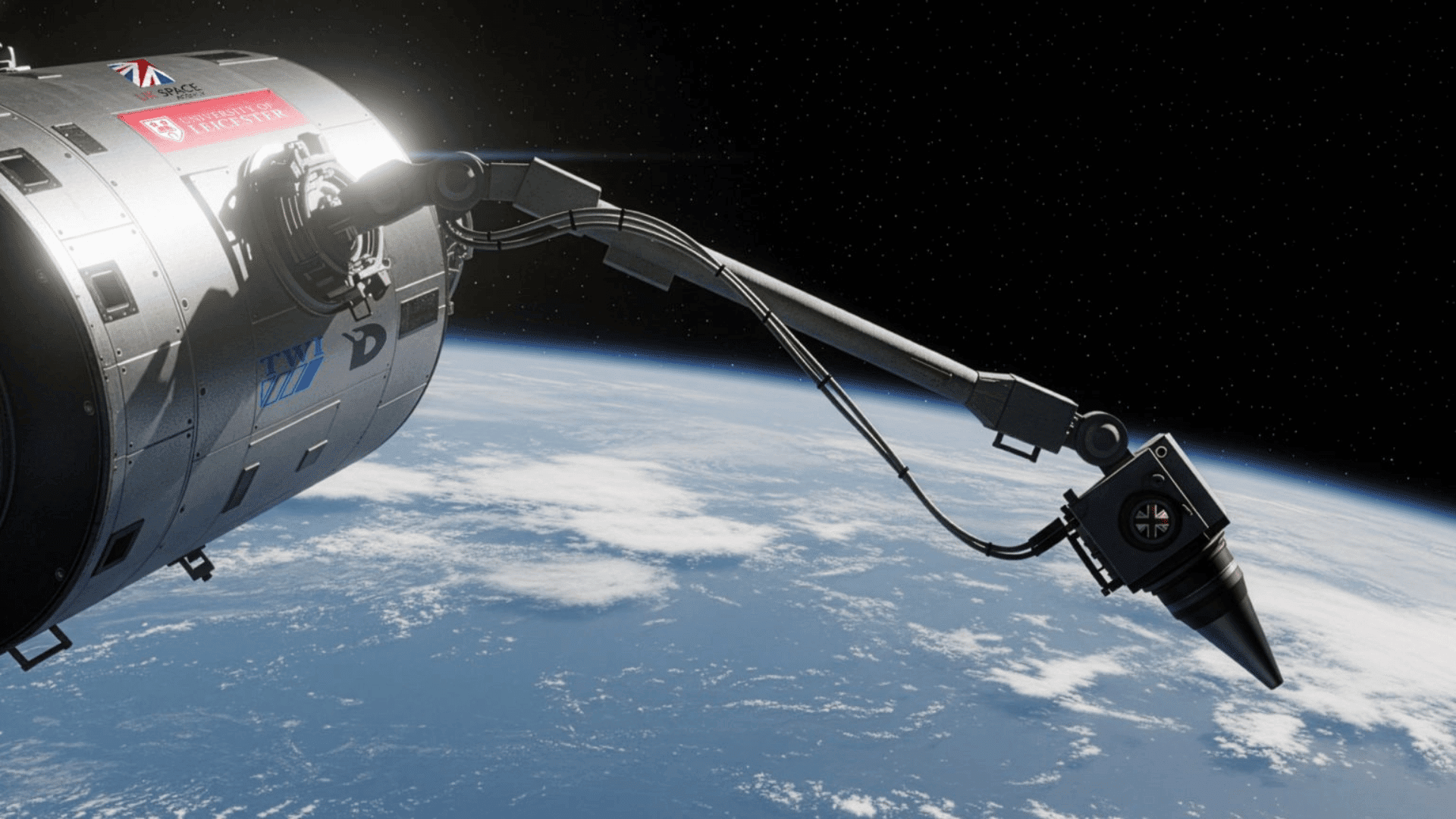Cummings Aerospace announced successful flight testing of its 3D‑printed, man‑portable loitering munition Hellhound S3, which flew more than 30 kilometers from a canister launch at Pendleton UAS Range on Sept. 18, 2025 and landed with over 50% fuel remaining—suggesting a potential maximum range beyond 60 kilometers. Built with modular open‑systems architecture and rapid 3D‑printing iteration based on test data and Soldier feedback, the program supports broader Department of War efforts to accelerate U.S. drone capability and lower production costs.
New 3D-printed drone gives Soldiers extended reach for strike and drone defense
HUNTSVILLE, Ala., Oct. 13, 2025 /PRNewswire/ — Cummings Aerospace recently completed a flight test demonstrating Hellhound S3’s extended range capability. During the test, the man-portable loitering munition flew more than 30 kilometers (18 miles) with an inert warhead and landed with more than 50 percent fuel remaining, indicating a potential maximum range exceeding 60 kilometers (37 miles).

Why It Matters
“This test validates Hellhound S3’s persistent loitering capability at extended ranges,” said Sheila Cummings, chief executive officer of Cummings Aerospace. “That range, combined with speed and modularity, makes Hellhound ideally suited for both loitering munition missions and counter-unmanned aircraft system operations against Group 2 and Group 3 threats, such as the Shahed.”
Ongoing Testing
The most recent flight test is part of an ongoing test series validating Hellhound S3’s performance across a wide range of speeds and flight profiles. Cummings uses modular open systems architecture and 3D printing, allowing the company to rapidly iterate the design based on test data and Soldier feedback.
Details of the Most Recent Test:
- When and where: Pendleton UAS Range, Oregon, Sept. 18, 2025
- Vertical launch from canister
- Transition to target area
- Extended loiter using tight figure-eight patterns over designated target
- Carried an inert warhead
- Flew more than 30 kilometers before engineers concluded data collection
- Flew at speeds of 80 meters per second (roughly 180 miles per hour)
- Landed with more than 50 percent fuel remaining, indicating potential maximum range exceeding 60 kilometers
- Results: All primary objectives achieved
This approach directly supports the Department of War’s initiative to unleash U.S. military drone dominance, using 3D printing to enable rapid production at lower cost.
This press release is provided for informational purposes only. TomorrowsWorldToday.com is not responsible for the content, terms, or administration of Cummings Aerospace’s promotions. Please refer to cummingsaerospace.com for the most accurate and up-to-date information. Tomorrow’s World Today may receive an affiliate commission if you purchase an independently reviewed product or service through a link on our website.







